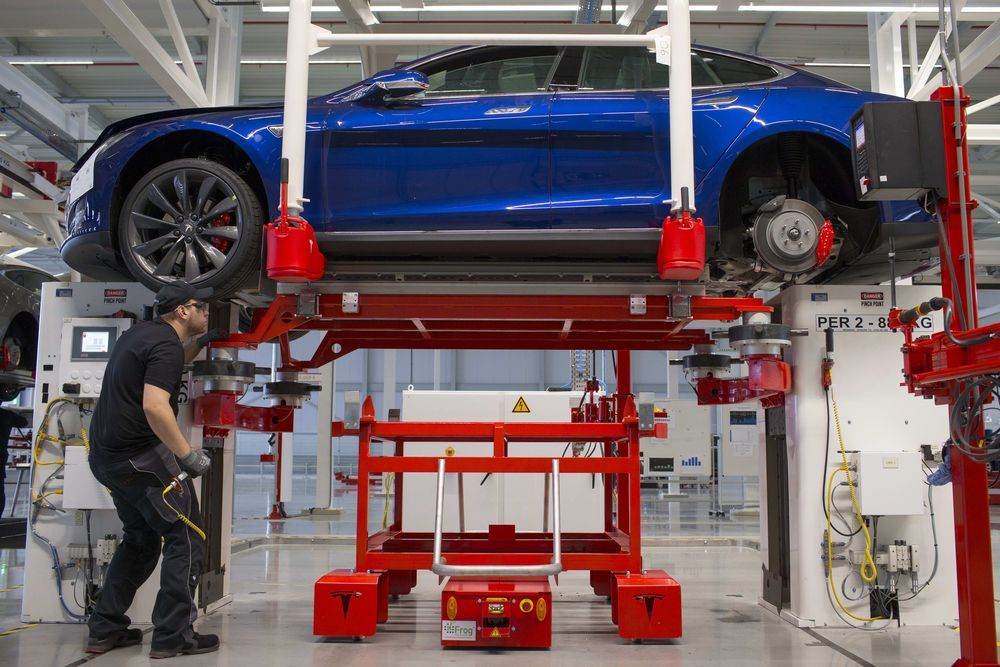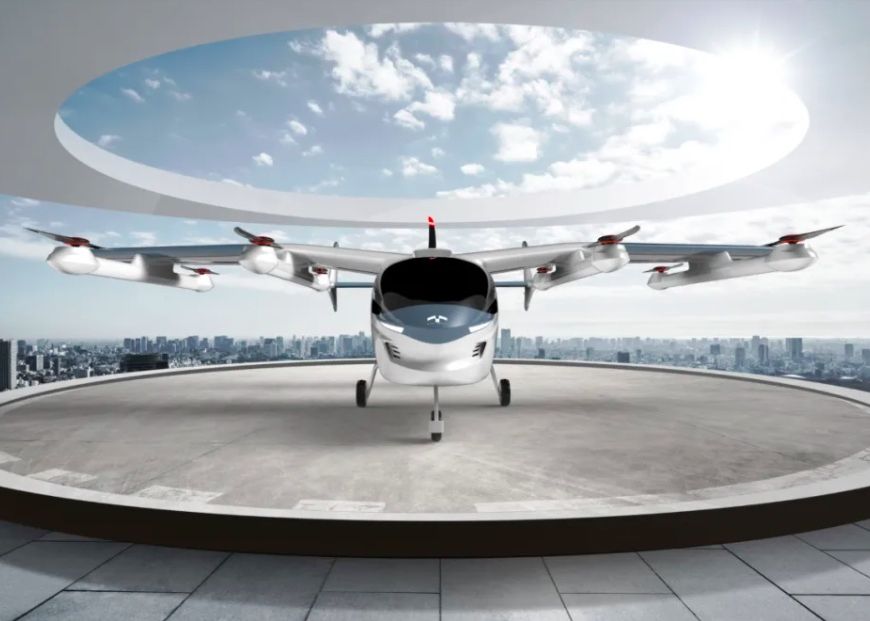Construction is complete on Beijing’s new mega-airport. This is what it looks like.
Category: transportation – Page 412
Epic Cycling | Truly Unique Bicycle that Walks
In today’s video I want to show you symbiosis of bicycle and walking robotic creature Strandbeest!
If you like this video don’t forget to sucscribe smile
Production Music courtesy of Epidemic Sound www.epidemicsound.com
Princeton Researchers Use AI To Create Radar That Sees Around Corners
Tesla provided the first clues that radar could be trained to do more than just detect objects straight ahead. After the death of Joshua Brown on a Florida highway in 2016, Tesla tore up the Autopilot software created by MobilEye and pivoted from a camera-based to a radar-based system. In the process, it learned how to bounce radar signals under the car directly ahead to “see” what the next car in line was doing. That way, if a truck or SUV is blocking the view of the road ahead, a Tesla with the updated system could still detect if a car further up the road slowed or braked unexpectedly and take appropriate action.
Hyundai introduces a car that can climb walls
Hyundai unveiled the first look of a vehicle with robotic legs that will let it walk or crawl over treacherous terrain.
Hyundai Elevate can roll along on extended legs or retract them to be driven like a car. Extended legs could also be used to climb or crawl while keeping the passenger compartment level.
Watch the video to know more.

A scheme to enhance how swarm robots search for multiple targets
Over the past decade or so, researchers have been trying to develop techniques that could enable effective collaborative strategies among teams of robots. One of the tasks that teams of robots could complete better than individual robots is simultaneously searching for several targets or objects in their surrounding environment.
The ability of a team of robots to collectively seek and identify numerous targets at once could be useful for a wide range of applications. For instance, it could aid surveillance applications and help to better track individuals or vehicles.
Researchers at Tongji University and University of Stuttgart have recently devised a systematic framework for enabling more effective multiple target search in swarm robots. This framework, presented in a paper published in IEEE Access, is based on the use of a mechanical particle swarm optimization method and artificial potential fields.

InsideEVs Exclusive: Ford Mustang Mach-E | Meet the Team Behind the EV
Ford invited InsideEVs to the Ford Performance Technical Center to experience the all-electric Mustang Mach-E. We also spent time with the car’s engineers.

Geely Reveals Terrafugia TF-2A eVTOL
The Zhejiang Geely Holding Group recently unveiled the prototype design of the Terrafugia TF-2A eVTOL aircraft, and announced that they have already begun flight tests as well. The newer design is a clear upgrade over the previous demonstrator that was revealed in December 2019.
Based on the aesthetics of a tiger shark, the TF-2A features a large upper wing, H-shaped tail, eight lift propellers for vertical takeoff or landing (VTOL) as well as one rear propeller for horizontal flight. According to Geely, the design should make certification easier to obtain as opposed to the more common tilt-rotor designs in the industry. For example, the New Hampshire Senate recently motioned to pass a number of bills, one of which pertained to the topic of aerial mobility. HB-1517, “An Act Relative to Roadable Aircraft,” adds the words “roadable aircraft” to existing laws for vehicles concerning things like inspections and crashes, requiring the roadable aircraft to be “required to take off and land from a suitable airstrip and shall be prohibited from taking off and landing from any public roadway, unless under conditions of an emergency”. Currently, only Terrafugia’s TF-2A and PAL-V’s eVTOL meet these standards.

‘Travel will never, ever go back to the way it was,’ Airbnb CEO says
Chesky predicted that vacationers will stay closer to home in the future, largely limiting their travel to places within driving distance, with national parks becoming even more popular destinations.
“I think you’re going to start to see travel becoming more intimate, more local, to smaller communities,” he said, citing Airbnb data that shows travel within countries is recovering to normal levels. But its international business is still being hit hard. “People are not getting on airplanes, they’re not crossing borders, they’re not meaningfully traveling to cities, they’re not traveling for business.”
